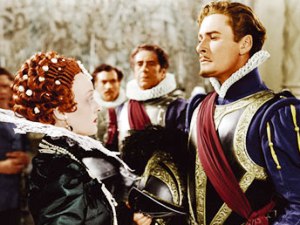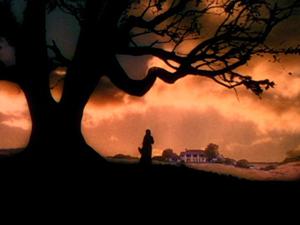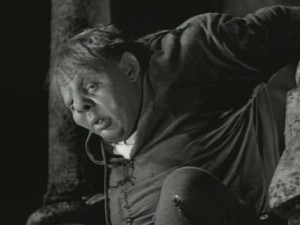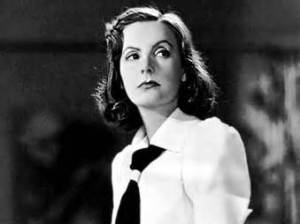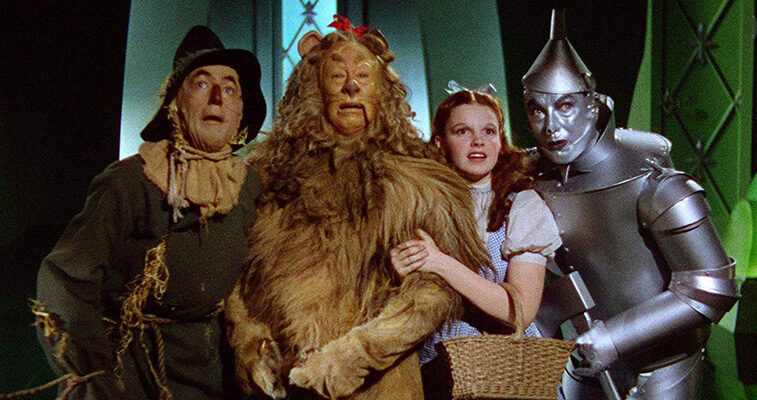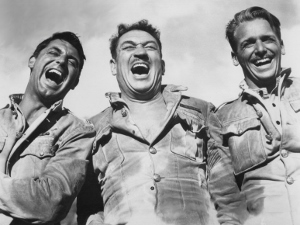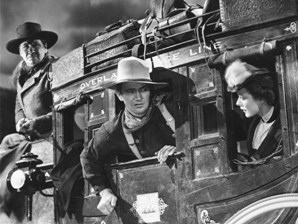Gone with the Wind (1939)
[7]
Hollywood’s most celebrated melodrama is still entertaining today. Vivien Leigh does a remarkable job playing one of the most volatile heroines in film history. Scarlet O’Hara begins Margaret Mitchell’s story damned spoiled, and I’m not sure she ever really learns her lesson, but Leigh renders a subtle transformation while always remaining true to character. My other favorites are Olivia de Havilland (sweet in everything she’s in), Hattie McDaniel (who deserved her Oscar), and Butterfly McQueen (for bringing a little comedy to the proceedings). I don’t get Leslie Howard as Ashley. For being the crux of the movie’s romantic triangle, I’d like to have known what was so darned special about him. Max Steiner’s music, especially the Tara theme, is among the most memorable ever composed for film.
The Hunchback of Notre Dame (1939)
[6]
Charles Laughton’s performance as Quasimodo is the main reason to see this movie. Laughton gives the deformed bell ringer moments of quiet torment as well as unbridled joy, and without ever going over the top – a remarkable feat that should have earned him an Oscar nomination. I also liked Cedric Hardwicke as the malevolent Frollo and Maureen O’Hara (in her screen debut) as Esmerelda, but several of the other cast members act as though they are playing cartoon characters (Harry Davenport is the worst offender). The film could have benefited from a more genuine period setting and a more earnest supporting cast. Director William Dieterle bestows the film with some elegance, though it’s not nearly as polished as his later work on The Devil and Daniel Webster.
Ninotchka (1939)
[7]
It’s fun to watch Greta Garbo defrost in Ninotchka. She plays an oh-so-serious Russian sent to Paris to straighten out the sale of some allegedly stolen jewels. Melvyn Douglas gets in her way. At first, he’s an annoyance, but a curious one. Her no-nonsense attitude toward him makes for a unlikely cinematic romance. The highlight of their courtship is a restaurant scene where Douglas is determined to make Garbo laugh. He tells joke after joke to no affect. Then Douglas leans back too far in his chair and falls on his ass. This results in one of the most joyous reaction shots from the Golden Age of Cinema.
The Wizard of Oz (1939)
Gunga Din (1939)
[10]
Directed by George Stevens and inspired by Rudyard Kipling’s poem, Gunga Din is the story of three indomitable British soldiers who find themselves at the center of a battle against the bloodthirsty Thuggee cult. Captured and enslaved with an aspiring water boy (the title character), the men endanger their lives to thwart an ambush of the British army coming to rescue them. Gunga Din is a rousing adventure that exalts camaraderie among men. The stalwarts are played by Cary Grant, Douglas Fairbanks Jr., and Oscar-winner Victor McLaglen (The Informer, The Quiet Man). The men spend half their time quarreling and the other half working against a common enemy — but it’s a three-way bromance, to be sure. Grant and McLaglen even spend half the movie trying to trick Fairbanks, whose character is leaving the army to get married, back into service. Joan Fontaine has the thankless role of Fairbanks’ betrothed, the Yoko threatening to break up the band.
Stagecoach (1939)
[9]
John Ford’s masterpiece is still a thoroughly entertaining ride. A handful of disparate personalities, including John Wayne as the notorious Ringo Kid, take their chances traveling through Apache territory. Along the way, friends and enemies are made, a baby is born, a seemingly doomed romance blooms, and not everyone makes it to their destination alive.

